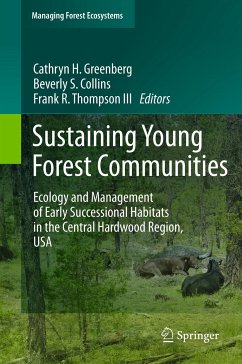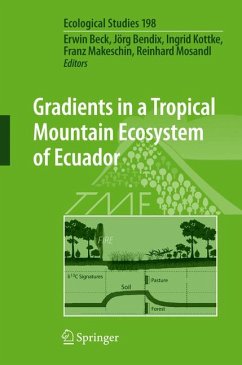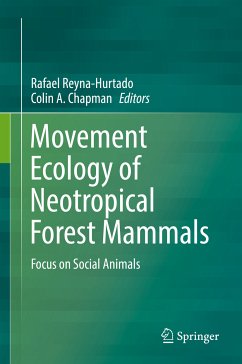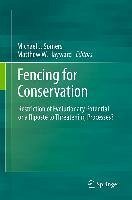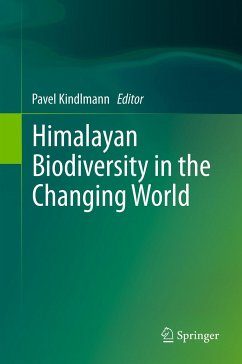
Himalayan Biodiversity in the Changing World (eBook, PDF)
Versandkostenfrei!
Sofort per Download lieferbar
112,95 €
inkl. MwSt.
Weitere Ausgaben:

PAYBACK Punkte
56 °P sammeln!
This book presents some results on selected taxa in the Himalayan region (mainly Nepal), pinpoints the threats to their survival and suggests ways how to avoid their extinction. Most chapters are based on graduate research projects - relatively long-term field studies. The data presented here can be a good source of updated information on the subject and will prove to be a very useful reference in future studies of Himalayan biodiversity. They also tend to pinpoint the existing gaps in our knowledge of this region. All the chapters are based on recent trends of biodiversity and conservation vi...
This book presents some results on selected taxa in the Himalayan region (mainly Nepal), pinpoints the threats to their survival and suggests ways how to avoid their extinction. Most chapters are based on graduate research projects - relatively long-term field studies. The data presented here can be a good source of updated information on the subject and will prove to be a very useful reference in future studies of Himalayan biodiversity. They also tend to pinpoint the existing gaps in our knowledge of this region. All the chapters are based on recent trends of biodiversity and conservation vision, so the book can be a potential alternative to the existing relatively older books with outdated vision and information. Its main goal, however, is to disseminate the information about biodiversity conservation problems in the Himalayan region among the people in the developed world.
Dieser Download kann aus rechtlichen Gründen nur mit Rechnungsadresse in A, B, BG, CY, CZ, D, DK, EW, E, FIN, F, GR, HR, H, IRL, I, LT, L, LR, M, NL, PL, P, R, S, SLO, SK ausgeliefert werden.





